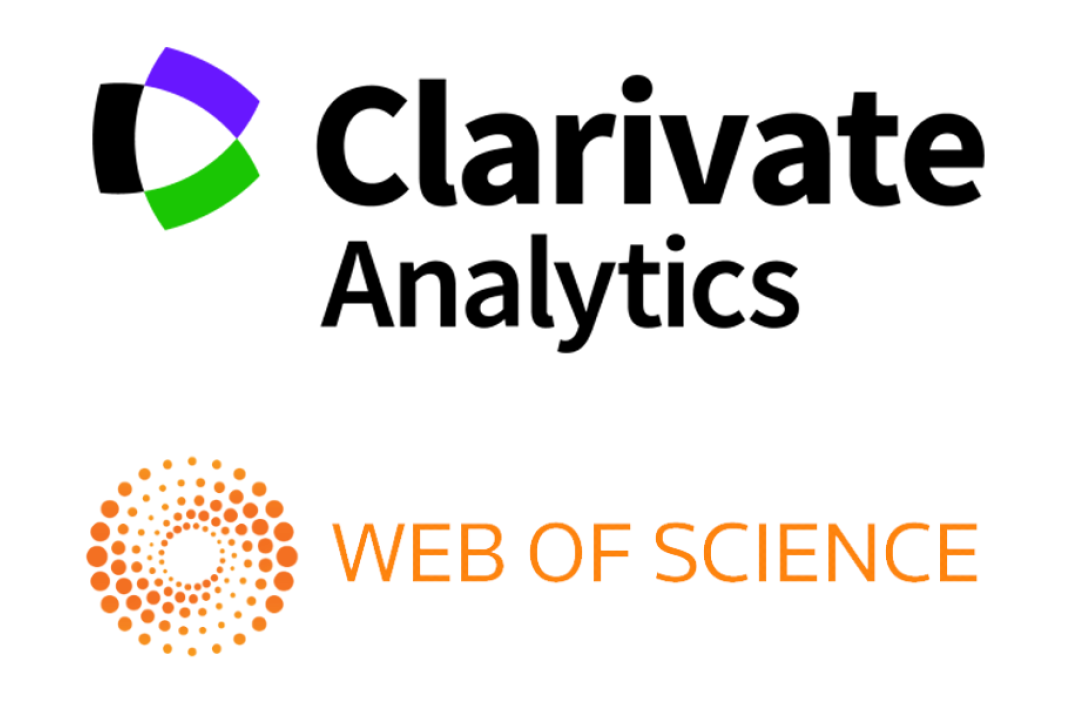On symbolism in Proclus’ Commentary on Plato’s 'Timaeus'
DOI:
https://doi.org/10.21146/2072-0726-2019-12-2-144-159Keywords:
Proclus, the Timaeus, Neoplatonic commentary, symbol, synthēma, logos, image, theurgy, ontology, mythAbstract
Many recent studies propose that symbolon and synthēma are synonymous in the writings of Proclus. However, his Commentary to Plato’s Timaeus contains statements that disprove this opinion. The goal of this paper is to establish the meaning of both terms using the contexts of their actual usage, a textual analysis and a historical and philosophical reconstruction. The author argues that in the writings of Proclus, it is possible to distinguish two types of symbols: the ontological and the exegetical. The ontological symbol (symbolon) is strongly connected to synthēma, which appears to be its semantic kernel and formative principle. Together, they establish the sympathetic relations bridging different levels of the ontological hierarchy. Each one of Proclean intelligible gods appears as a cause that produces a chain of consequences, i. e. a series of the god’s emanations. Each essence at a lower ontological level is such a consequence, and therefore it carries a synthēma as a trace of its first cause. A synthēma provides an essence with an ability to discover its own identity against the ontological hierarchy and then allows it to cognize its first cause. This cognition, in turn, becomes the initial point of the ascent (epistrophē) to the intelligible cause. A symbol, as opposed to synthēma, is able to receive energies, or ‘illumination’ of the corresponding gods, which thereafter elevate the subject to a higher ontological level. An exegetical symbol differs from an ontological one by not being related to synthēmata, causative chains and particular gods. It is suggested that the exegetic type of Proclean symbolism is related to an older commentary tradition, which goes back to Iamblichus.






